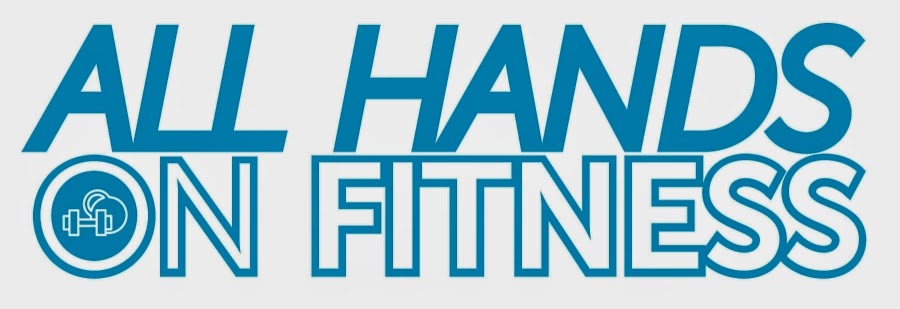Since I've made a post about shoulder restrictions, I've received a few requests about how to loosen up stubborn hips.
 |
| This is my dad, unintentionally showing off his perfect bottom position and impressive ankle dorsiflexion. |
Don't be discouraged! There's hope for you yet. What we can do, instead, is put someone who may be...inept at squatting into a position that optimizes his or her anatomy. We can play around with foot position, stance, and different squat styles to see what is best suited towards their anthropometry (limb length/proportions). I always recommend that those who are struggling with their squat mechanics work with a qualified coach/movement practitioner to improve. If that is not an option for you, then you should spend some time playing around on your own trying different set-ups. Record yourself when possible. Remember that your squat will not necessarily look the same as mine.
Once you've settled on your ideal stance and foot position, now we must consider the role of motor control (yay for unintentional rhyming) in the squat. As you can imagine, there are many possible compensatory patterns that one might display throughout the movement. From knee valgus/varus, to shooting the hips back too far, to letting the chest drop, I've seen it all; this is when attention and mindfulness become especially important. Again, it will be invaluable to have a coach review your mechanics in these cases. With just a few simple cues, most errors are immediately fixable, and then you may continue to practice these on your own and engrain the proper sequencing in your head.
One exercise that I typically use with my clients who are learning to squat is the pole squat drill: this allows the person to understand how their weight should be distributed, and helps them achieve a lower bottom position almost immediately. I would also introduce them to the quadruped rock, which mirrors the sequencing in a squat and warms up the hips. These movements are best suited in the beginning of a session.
For clients who still have difficulty squatting after those drills, the goblet squat should become your friend. It is generally easier for individuals to assume a better position in a goblet squat. Holding weight in front of the body forces you to maintain a more vertical torso and achieve better depth. I always prescribe these (typically with a pause at the bottom) before moving clients on to barbell variations.
While many people spend an endless amount of time trying to stretch the hell out of their hip flexors, I find that those efforts are often wasted. Instead, implementing movements such as the goblet squat with a tempo (slow negative and 1-2 second pause) will allow you to kill two birds with one stone. Similarly, tempo single-legged exercises will do wonders for opening the hips. Bulgarian split squats necessitate a decent amount of hip flexibility, so it may be beneficial to start with a traditional lunge, again with a slow eccentric phase.
Finally, at the end of the session, the happy baby pose is ideal. Not only does this provide a nice stretch, but it's actually quite relaxing. You can also use this time to practice your diaphragmatic breathing. Focus on pushing your belly against your thighs as you inhale through your nose. Exhale through your mouth, and repeat. 1-2 minutes should be more than enough.
In the long run, an arsenal of hip flexor stretches isn't going to address the source of the problem. Teach yourself proper squat patterns, train your lower body with an eccentric emphasis, and show your hips some love. If you're diligent in your efforts, you'll be dropping it low on and off the dance floor in no time.


No comments:
Post a Comment